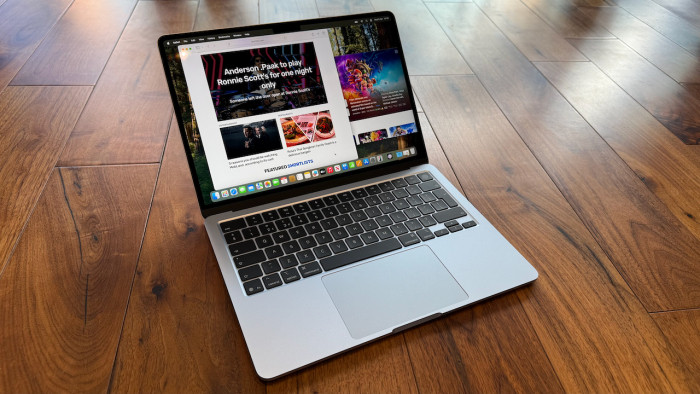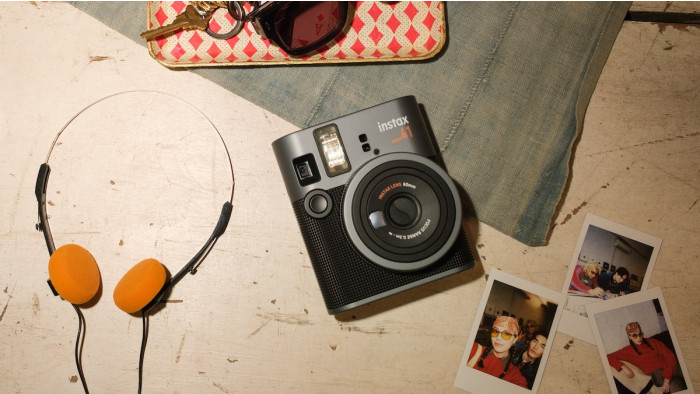In a dimly lit room at the Moscone Centre West of San Francisco, Google is in the process of wrapping up its I/O Developers Conference; a two day event at which they show off all its latest plans for world domination.
As the name suggests, it's aimed at developers - those mysterious technology wizards that string together potions (codes) and spells (programming) and allow us to do everything from tagging friends in embarrassing Friday night videos to keeping our personal data secure. It's a pretty dry party, filled with bewildering tech talk and slang that us "normals" take as a queue to tune out and go back to playing Flappy Bird.
But hidden amongst the talk of early adopters and linguistic recognition algorithms, Google has lifted the veil on some stuff that even those of us without a grasp of HTML can get pretty exited by.
Here are the most exciting reveals from the Google I/O Developers Conference.
Project Soli
What is it?
If this interface system takes off, Project Soli could spell the end of the button.
By tweaking radar technology, Google's Advanced Technology and Projects Group (they're also working on the Project Ara modular mobile phone) has created a motion sensor that can pick up "sub-millimetre" movements. This could provide any gadget that requires interaction with a new level of precise control: smartphones, smartwatches and tablets armed with a Soli sensor could see you perform simple gestures to eliminate multiple screen taps and menu scrolling; media controllers could be hugely enhanced, removing a sea of printed buttons for a single small disc of interaction.
Expect to have to learn a collection of new "gesture" controls should the technology catch on. 'Ctrl+X'? That's just a scissor action.
Project Jacquard
What is it?
Interactive fabric. Another of the many secretive creations of Google's ATAP group, this technology turns normal pieces of fabric acting as interactive touch pads for a variety of smart devices.
Which might not sound much, but it could be the start of properly "wearable" technology: a patch on your sleeve for controlling music playback, a section of your t-shirt that acts as a control interface for your smart home gadgets - flicking lights on and off, changing channels on TV and answering the door without having to leave your seat. This could be huge. Levis is the first group that will work on a line with the new technology.
The Virtual Reality Jump and the Array

What is it?
Google is going big on virtual reality. Jump is the search giant's new VR platform that will allow anyone to create and upload VR content they've created.
"But I don't have a VR camera?!" you'll probably say. Which is where the Array comes in: created with GoPro, the Array has 16 HD cameras arranged in a circle. Clever software stitches the images captured by the Array into a single "image", which anyone wearing a VR headset can then "look around", spinning themselves giddy in a 360 degree blur. Early ideas for the tech include using it as a classroom aid - transporting classrooms of children to world's many miles away.
That, or someone will probably use it for some mucky adult content. They usually do.
Now on Tap

What is it?
You've seen Star Trek right? Don't lie. Well, even if you haven't, there's this computer running the ship that basically anyone can talk to and ask help from. That's sort of what Now on Tap will be like - taking Google Now and making it even more intuitive.
If you're tapping away at an activity on your Android phone that involves data or words, be it playing on an app or listening to Spotify, you'll be able to ask Now on Tap for more information. "What are all the other albums released by this artist?" "Remember that restaurant I was looking at earlier? Get me their number. Then book me an Uber to get there for dinner."
Your move, Siri.
Offline Google Maps

What is it?
Do everything you do on Google Maps, but without the internet connection. Going away to Paris and don't want to get lumped with data roaming charges while you attempt to find your hotel? Download the region in advance, and then scroll, pinch and search your way around the French capital without going online.
Could help cut down on data use if you find yourself drained by your map usage, but mainly just a holiday life saver.
Google Photos
What is it?
Did you ever try and use Google Plus? Us neither. But those that did will have known that the social network's unlimited photo storage and editing tools were vastly better than anything offered by Facebook.
Google has now stripped off the network clutter and delivered Google Photo as a standalone offering: add unlimited photos, tag friends, location, any info or captions you might want, and then upload them to your preferred social networking site (which probably isn't Google Plus). Then - the party piece - use Google Photo to search your own photos, allowing you to find that one time when you were in a bar with your mates and one of them did that hilarious-but-slightly-inappropriate dance that they didn't want uploading in case their boss saw and fired them.










